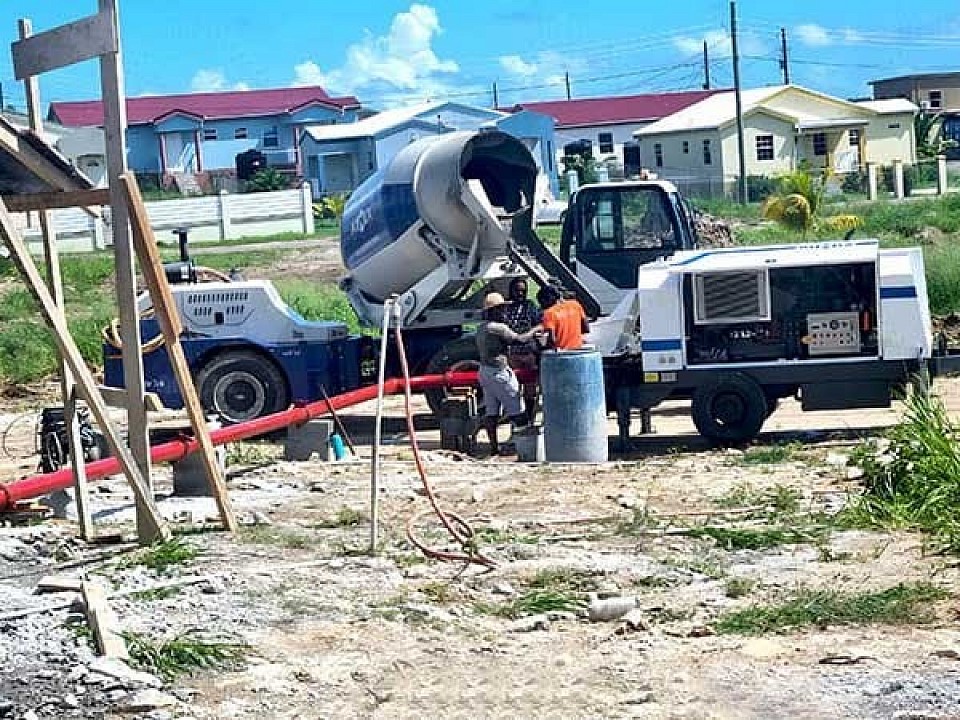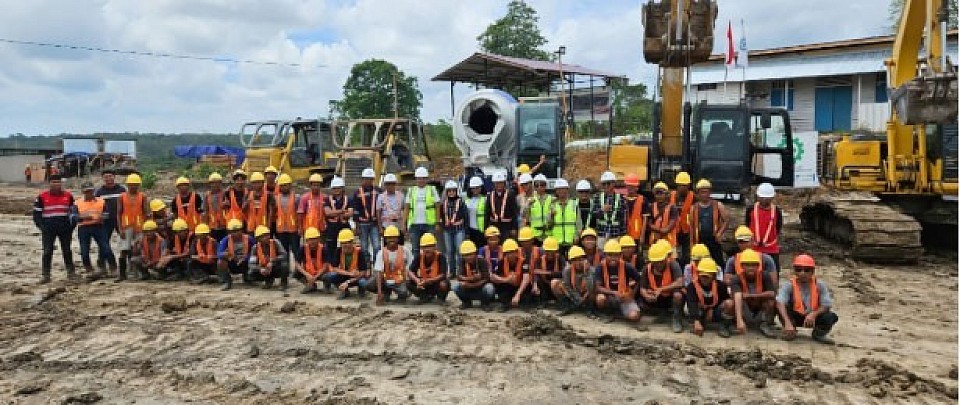Avoid Mistakes: Proper Water Adding Operation in Self-Loading Concrete Mixers
Achieving the perfect concrete mix requires meticulous attention to the water adding process, especially when using self loading concrete mixer truck. This critical operation determines the consistency, workability, and long-term durability of the concrete, making it imperative for operators to adopt precise and reliable methods. Understanding the key steps and avoiding common errors can significantly enhance both productivity and quality on the construction site.
Importance of Accurate Water Addition in Self-Loading Mixers
Ensuring Optimal Concrete Consistency
Water is a crucial ingredient in the concrete mixing process, influencing the material's plasticity and bonding strength. Too little water can lead to a dry and crumbly mix, while excessive water dilutes the paste, compromising its strength. Accurate water addition ensures that the mix achieves the desired slump, improving its performance during application and curing.
Preventing Structural Failures and Material Wastage
Improper water ratios not only jeopardize the concrete's integrity but also increase costs through material wastage and potential rework. Self-loading mixers streamline this process by incorporating automated water measurement systems, but human oversight is essential to ensure their effectiveness. By adhering to proper water-adding protocols, operators can avoid expensive mistakes and uphold project quality standards.
Steps for Correct Water Adding Operations
Pre-Operation Checks and Calibration
Before beginning the mixing process, it is vital to inspect and calibrate the water measurement system of the mixer. Check the water tank for leaks or blockages, and ensure the flow meters are functioning correctly. Pre-calibration helps to avoid discrepancies, guaranteeing a consistent and reliable mix.
Monitoring Water Ratios During Mixing
Operators should continuously monitor the water-to-cement ratio as the materials blend. Modern mini cement mixer is equipped with controls that allow precise adjustments mid-operation. Regular monitoring prevents the risk of overhydration or insufficient moisture, which could affect the mix's usability. Visual inspections during the process can also help detect anomalies early.
Common Mistakes and How to Avoid Them
Overwatering and Its Consequences
A frequent error in concrete mixing is the tendency to overcompensate with water, often due to insufficient initial measurements. Overwatering weakens the concrete structure, reducing its load-bearing capacity and making it susceptible to cracking. To avoid this, adhere strictly to the mix design specifications provided for the project.
Neglecting Equipment Maintenance
Another significant issue is the failure to maintain the water dispensing system of the mixer. Blockages, worn-out components, or inaccurate flow meters can lead to incorrect water quantities being added. Regular maintenance and timely repairs ensure the equipment remains in optimal working condition, reducing the likelihood of errors. Check more details about mixer here: https://aimixconcretesolution.com/self-loading-concrete-mixer/how-to-operate/.
Proper water adding operations in self-loading concrete mixers are a cornerstone of achieving superior concrete quality. By understanding the importance of accuracy, following systematic procedures, and proactively addressing potential errors, construction professionals can optimize their projects for durability and efficiency. This attention to detail not only enhances outcomes but also reflects a commitment to excellence in the field.


